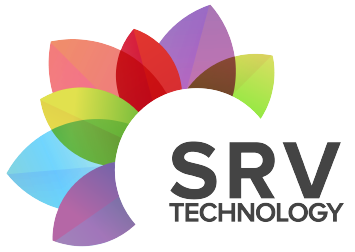Explore essential security best practices that can accelerate generative AI innovation. Learn how to safeguard your AI projects while fostering a secure and innovative environment for AI development.
Security Best Practices for Accelerating Generative AI Innovation
Generative AI is transforming industries by creating new possibilities in content creation, data analysis, and more. However, with great power comes great responsibility. Ensuring the security of generative AI systems is paramount to protect sensitive data and maintain trust. This blog outlines the best practices to secure your generative AI projects while accelerating innovation.
The Importance of Security in Generative AI Innovation
As generative AI technologies advance, so do the risks associated with their use. Ensuring robust security measures helps prevent data breaches, intellectual property theft, and malicious exploitation of AI systems. A secure environment not only protects assets but also fosters trust and encourages further innovation.
Key Security Best Practices
Implementing the following best practices can help safeguard your generative AI projects:
- Data Protection and Privacy
- Encryption: Use strong encryption methods for data at rest and in transit.
- Anonymization: Implement data anonymization techniques to protect personal information.
- Access Control: Restrict access to sensitive data based on roles and responsibilities.
- Secure Development Practices
- Code Review: Conduct regular code reviews to identify and fix vulnerabilities.
- Dependency Management: Keep libraries and dependencies up to date with security patches.
- Secure Coding Standards: Adhere to secure coding standards to minimize risks.
- Threat Detection and Response
- Intrusion Detection Systems (IDS): Deploy IDS to monitor and detect suspicious activities.
- Incident Response Plan: Develop and regularly update an incident response plan.
- Threat Intelligence: Utilize threat intelligence to stay informed about emerging threats.
- Compliance and Legal Considerations
- Regulatory Compliance: Ensure compliance with relevant data protection regulations (e.g., GDPR, CCPA).
- Legal Agreements: Establish clear legal agreements regarding data use and security responsibilities.
- Audit Trails: Maintain comprehensive audit trails for accountability and transparency.
Implementing Security Best Practices: A Step-by-Step Guide
1. Conduct a Security Assessment
Begin with a thorough security assessment of your generative AI projects. Identify vulnerabilities and areas requiring improvement.
2. Develop a Security Policy
Create a comprehensive security policy that outlines best practices, roles, and responsibilities. Ensure all team members are familiar with and adhere to the policy.
3. Train Your Team
Conduct regular training sessions on security best practices for all team members. Emphasize the importance of security in every phase of AI development.
4. Implement Technical Controls
Deploy technical controls such as encryption, access control mechanisms, and intrusion detection systems to protect your AI infrastructure.
5. Monitor and Update
Continuously monitor your AI systems for security threats. Regularly update your security measures and incident response plan based on new insights and emerging threats.
Fostering Innovation in a Secure Environment
Creating a secure environment for generative AI innovation involves more than just implementing technical controls. It requires fostering a culture of security awareness and continuous improvement. Encourage open communication about security challenges and solutions within your team. Invest in ongoing education and stay abreast of the latest security trends and technologies.
Conclusion
Accelerating generative AI innovation while maintaining robust security is a balancing act. By following these best practices, organizations can protect their AI systems and data, foster trust, and create a secure foundation for ongoing innovation. Embrace these strategies to ensure your generative AI projects are both groundbreaking and secure.





.jpg)




.jpg)